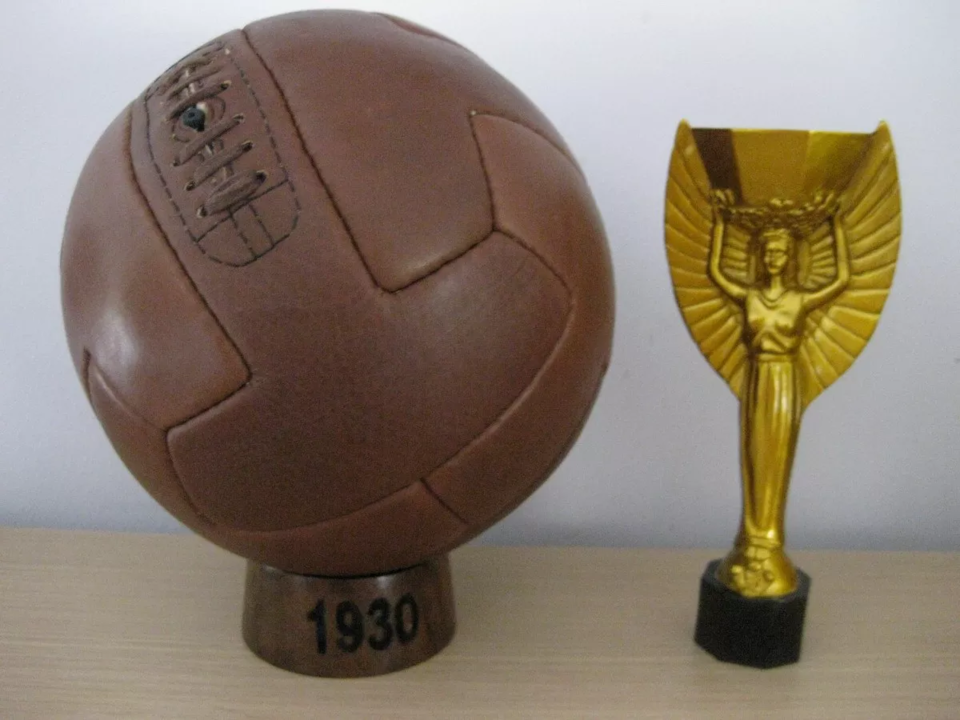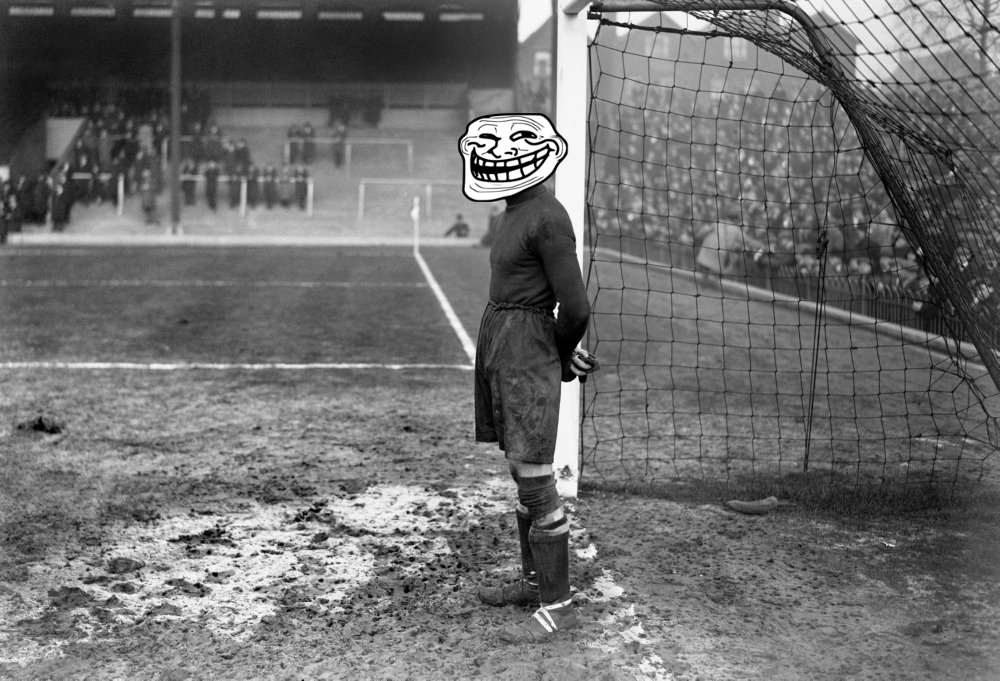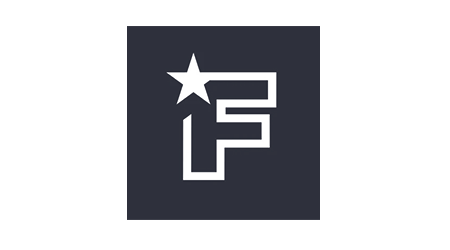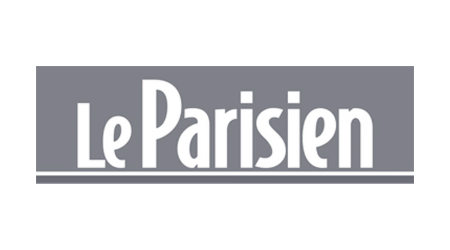Cet article a été publié initialement dans Newstank le 18/09/2020. Il est le premier volet d'une collaboration entre ce média destiné aux professionnels du sport et le collectif SporTech.
En 2020, on ne trouve plus d’images de footballeurs professionnels à l’entraînement sans qu’ils soient vêtus d’une “brassière GPS”. Coup de pub ou véritable révolution ? Dans le grand public, l’association est faite : les sportifs professionnels ont désormais adopté les technologies de pointe. Dans les faits, c’est loin d’être aussi évident. Existe-t-il une équipe qui puisse revendiquer avoir gagné un Championnat, ou tout du moins amélioré ses performances, grâce à la technologie ?
Technologies de tracking : du GPS à la captation vidéo
Voilà 10 ans notamment que les clubs ont la possibilités de s’équiper de dispositif de tracking, sous l’impulsion notamment de la startup australienne Catapult, qui voit le jour en 2006 et propose une brassière équipée d’un système de positionnement par satellite (GPS).
On peut d’abord s’interroger sur la pertinence d’un GPS seul pour la mesure du positionnement du sportif.
« Le GPS seul présente des limites »
Le système standard possédant une précision d’une dizaine de mètres et permettant quelques points de mesure par seconde, il semble convenir pour suivre le parcours d’un cycliste, mais présente des limites pour la mesure de la vitesse lors d’un exercice de fractionné, ou tout simplement une compétition indoor. Rapidement celui-ci va donc être associé à d’autre types de capteurs capables de mesurer la mise en mouvement d’un corps, comme des accéléromètres, des gyroscopes, (si les deux sont couplés, on appelle ça une centrale inertielle). On obtient donc, en fusionnant les données, une couverture à la fois des mouvements de fond et des mouvements précis, permettant une mesure plus précise du comportement du joueur. De nombreuse sociétés proposent des équipements de ce type, comme la startup suisse ASI, ou la française McLloyd.
Une seconde interrogation porte sur le positionnement du capteur. Les brassières privilégient une mesure du déplacement du torse, ce qui peut s’avérer pertinent au rugby par exemple, puisque cela permet de mesurer la force des impacts reçus. On peut également évaluer la vitesse des courses effectuées par l’athlète, mais on est limité si l’on veut obtenir des mesures sur la foulée par exemple, ce qui peut permettre de détecter la fatigue et prévenir des blessures. Il apparaît plus pertinent de placer des capteurs au plus proche du mouvement pertinent de chaque sport.
Ainsi au tennis ou au golf, on équipera la raquette ou le club, comme le propose la société Suisse Piq, au football on privilégiera la jambe, à l’image de l’américain Zepp et des français Goaltime et Footbar, ou le pied comme Adidas ou encore la startup israélienne PlayerMaker, afin de mesurer des informations plus pertinentes comme les touches de balle.
Une autre branche du tracking s’est développée en parallèle ces dernières années, celle de la vidéo.
« Exploiter les données vidéo requiert un travail manuel conséquent »
Cela semble logique étant donnée l’explosion du nombre de compétition retransmises, ou en tout cas filmées ; depuis de nombreuses années des société comme Opta ont récupéré ce flux pour manuellement mesurer des indicateurs de performances. Ce sont principalement ces données qui alimentent aujourd’hui la presse sportive, mais cela requiert un travail manuel conséquent.Plusieurs startups utilisent des outils d’intelligence artificielle afin d’automatiser ce travail, comme les Français de SkillCorner. Si le flux vidéo est un élément courant dans le sport professionnel, la démocratisation de l’accès est une problématique à laquelle s’attaquent les startups françaises NGTV et BallIn qui installent leur propres caméras, ou alors Rematch qui compte sur les smartphones des spectateurs.
Va-t-on pour autant voire s’imposer une technologie de tracking au dépend d’une autre ?
« Le coût dépendra toujours des caractéristiques de la compétition »
Tout est une question de ratio entre la quantité et la qualité de la statistique fournie, par rapport aux coûts d’installation. Il y a fort à parier qu’avec le temps et le progrès technologique, la qualité des statistiques fournies par les différentes méthodes converge. Quant au coût, il dépendra toujours des caractéristiques de la compétition. À titre d’exemple, une équipe jouant systématiquement dans le même stade aura sans doute intérêt à l’équiper de technologie vidéo, quand une équipe en déplacement pourra aisément compter sur sa flotte de trackers.À cette démocratisation viendra s’ajouter la problématique des droits et de la propriété des données, il faudra donc encore sans doute une décennie de progrès pour que la situation se décante.
Exploitation et commercialisation : sans débouché, point de viabilité
Si autant de startups se lancent dans la course au tracking de performance, c’est sans doute non seulement qu’il reste une marge de progression dans les méthodes de tracking, mais aussi et surtout dans les business models autour de l’analyse de la performance. Si les clubs professionnels exploitaient réellement ces données aujourd’hui, on aurait sans doutes moins de blessures musculaires et des compétitions moins ouvertes.
En 2014, lors de l’écrasante victoire de l’Allemagne en Coupe du monde face au Brésil (7-1 le 08/07/2014), le géant SAP a publiquement annoncé avoir été un des outils de cette victoire, en fournissant à la « Mannschaft » des statistiques lui donnant un avantage sur ses adversaires. On pouvait à ce moment-là lui donner le bénéfice du doute effectivement, mais on remarquera que les Allemands ont moins communiqué après leur élimination à l’issue de la phase de groupes, quatre ans plus tard, en Russie. Ils affirmaient à l’époque fournir pour chaque joueur des rapports de plusieurs pages de statistiques à leur staff, mais est-ce que ce staff est capable de digérer ces rapports et d’en tirer des conclusions ?
« Mettre l’accent sur l’interface utilisateur »
Il faut bien se rendre compte que ces gens ont appris leur métier à une époque où la statistique dans le sport était loin d’être un acquis. Si les formations commencent désormais à proposer des cursus d’analyste de données sportives, il faudra encore des années avant que la génération formée ne prenne le pouvoir, d’où l’intérêt, pour les entreprises qui souhaitent que leurs technologies soient adoptées, de mettre l’accent sur l’interface utilisateur.Martin Buchheit, alors directeur de la performance du Paris Saint-Germain (Ligue 1 Uber Eats), publie en 2017, dans la revue de l’Aspetar Sport Medicine Journal (revue qatarie devenue une référence dans la science du sport), un article qui synthétise les points essentiel dans l’utilisation des données par les staffs, qui sont selon lui :
- Une compréhension profonde de la donnée afin d’en utiliser, non pas le plus possible, mais de mettre en avant les plus pertinentes.
- Un accent mis sur la présentation et la visualisation de la donnée afin de rendre celle-ci accessible.
- Des qualités de communication de la part sur staff afin de faire comprendre la donnée.
Le débouché principal de la donnée pour les clubs pros est-il réellement l’amélioration des performances ?
« Aller plus loin impliquerait des coûts trop importants »
Selon Mathieu Lacome, directeur de la R&D du Paris Saint-Germain (Ligue 1 Uber Eats), qui a étudié l’ensemble des publications de recherche traitant de l’utilisation des données d’entraînement pour l’amélioration des performances, nous avons atteint un état où, selon la loi de Pareto, la majorité des résultats impliquant ces techniques a été obtenue ; aller plus loin impliquerait des coûts bien plus importants que ceux engagés jusqu’ici.
Les clubs seront-ils en mesure d’assumer cet effort financier alors que d’autres usages de la donnée présentent un retour sur investissement bien plus important ?
Prenons l’exemple du fan engagement : pour caricaturer (à l’extrême), le business model d’un club professionnel consiste à investir massivement sur des joueurs de qualité afin de produire un spectacle rassemblant le plus de fans possibles afin d’en générer des revenus, directement via la billetterie et le merchandising, ou indirectement via les droits télé ou les revenus des sponsors qui utilisent le club comme une vitrine pour toucher les fans.
« Les clubs réussissent plutôt bien à rassembler les fans »
Les clubs réussissent plutôt bien à rassembler les fans puisque, selon le baromètre simple et efficace que constituent les réseaux sociaux, certains d’entre eux atteignent des centaines de millions de followers, et figurent ainsi parmi les marques le plus populaires du monde. Au regard de cela, le revenu moyen généré par fan est ridiculement faible : Real Madrid CF (LaLiga Santander) : 896 M$ pour 90,9 millions de followers Instagram, soit 9,9 dollars par follower. Coca-Cola : 31,85 Md$ de chiffre d’affaires pour 2,8 millions de followers, soit 11 375 dollars par follower (= 1 149 fois plus).
« Donner aux clubs de nouveaux outils pour monétiser leur audience »
On imagine aisément la marge de progression si on donnait aux clubs de nouveaux outils pour monétiser leur audience. À titre d’exemple, les outils de tracking jusqu’ici réservés à l’élite pourraient permettre aux fans de comparer directement leurs statistiques personnelles à celles de leurs idoles, générant ainsi des données pour les clubs leur permettant d’utiliser les outils de base du customer relationship management (CRM).
D’autres clubs ont développé un modèle d’affaire alternatif : miser sur de jeunes joueurs pour faire éclore leur talent et les revendre par la suite aux plus grands clubs européens, en empochant la plus-value. Le travail de recrutement est aujourd’hui en grande partie manuel, reposant sur l’évaluation par des scouts. Équiper des amateurs dans le monde entier de systèmes de tracking donnant un suivi longitudinal des performances permettrait de réaliser un travail de filtrage, réduisant le recours à l’expertise humaine, et donc le coût du repérage. Cela s’accompagnerait également d’une augmentation de la transparence et de l’égalité des chances qui ne serait pas pour déplaire aux joueurs amateurs. Ceux-ci rêvent pour l’instant de voir leurs performances analysées comme celles des pros. Ce rêve devrait bientôt être réalisé, car si la décennie passée était celle de l’émergence des technologies dans le sport, celle-ci sera sans nul doute celle de sa démocratisation.









